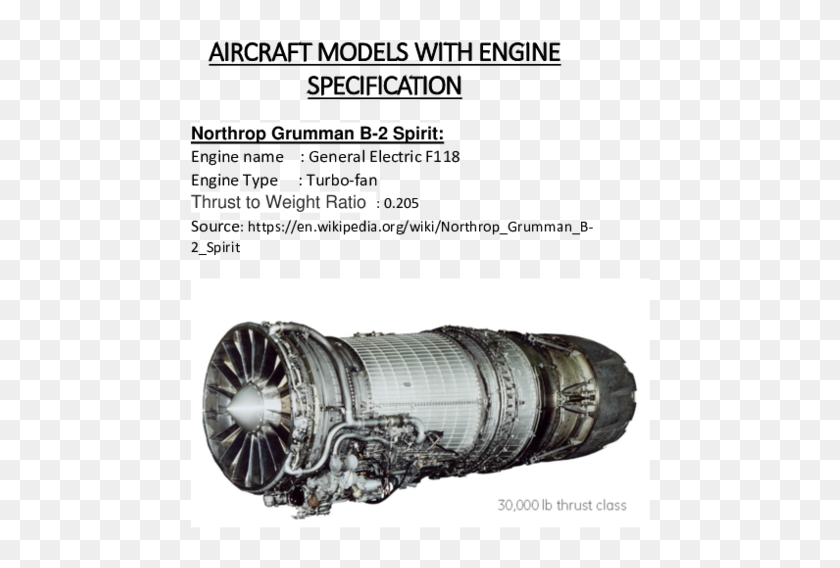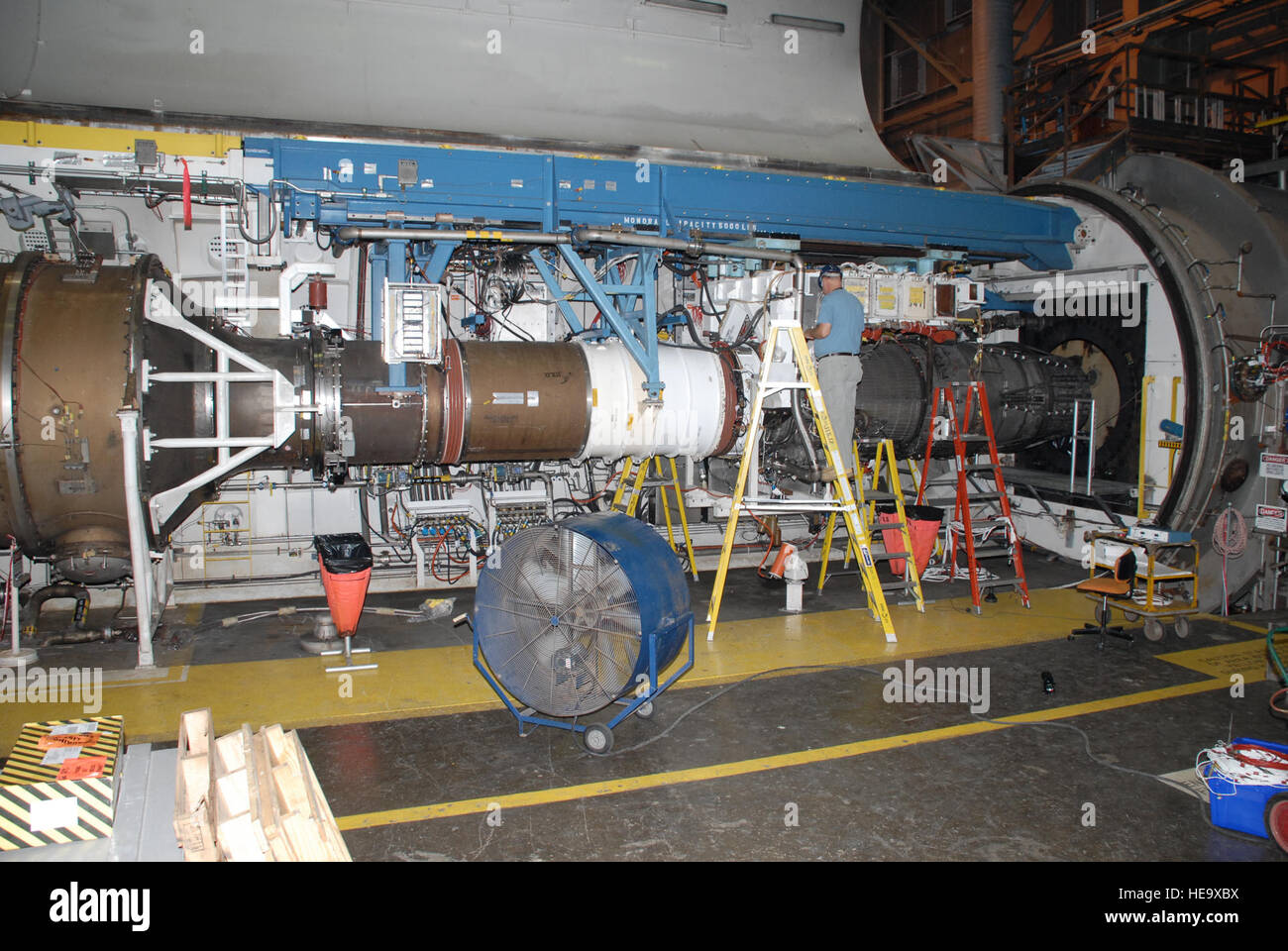The F101 engine is one of the most revolutionary turbofan engines in aviation history. Developed by Pratt & Whitney, this engine has played a pivotal role in transforming the capabilities of military aircraft. Its cutting-edge design and advanced technology have set new standards for performance, efficiency, and reliability. If you're interested in learning more about the F101 engine, this article will provide a comprehensive overview of its development, features, applications, and impact on the aviation industry.
From its inception to its widespread adoption in military aircraft, the F101 engine has consistently demonstrated its superiority in terms of power and efficiency. This engine has become a benchmark for modern aviation propulsion systems, serving as a testament to the ingenuity of its creators and the advancements in aerospace engineering.
In this article, we will delve into the intricacies of the F101 engine, exploring its history, specifications, and applications. Whether you're an aviation enthusiast or a professional in the aerospace industry, this article will offer valuable insights into one of the most significant engines ever developed.
Read also:Henry Ford Pain Clinic Your Premier Destination For Comprehensive Pain Management
Table of Contents
- Introduction to F101 Engine
- History and Development of F101 Engine
- Key Specifications and Features
- Applications in Military Aircraft
- Technological Advancements
- Performance Metrics and Analysis
- Comparison with Other Engines
- Maintenance and Reliability
- Impact on Aviation Industry
- Future Prospects and Innovations
- Conclusion
Introduction to F101 Engine
The F101 engine represents a significant milestone in the evolution of aviation technology. As a high-bypass turbofan engine, it combines superior performance with enhanced fuel efficiency. Its development was driven by the need for more powerful and reliable propulsion systems for military aircraft.
Key Features of F101 Engine
One of the standout features of the F101 engine is its ability to deliver consistent performance under various operating conditions. The engine's design incorporates advanced materials and manufacturing techniques, ensuring durability and longevity.
- High-bypass turbofan architecture
- Advanced aerodynamic design
- Integrated electronic controls
- Enhanced fuel efficiency
History and Development of F101 Engine
The development of the F101 engine began in the late 1960s, with the aim of creating a propulsion system that could meet the demands of modern military aircraft. Pratt & Whitney, a leading name in aerospace engineering, took on the challenge and delivered a groundbreaking solution.
Evolution Over Time
Over the years, the F101 engine has undergone several iterations to improve its performance and reliability. Each version has incorporated new technologies and design improvements, ensuring that the engine remains at the forefront of aviation innovation.
Key Specifications and Features
The F101 engine is characterized by its impressive specifications and advanced features. Below is a detailed overview of its key attributes:
- Thrust: 17,150 lbf (76.3 kN) dry, 23,770 lbf (105.7 kN) with afterburner
- Compressor: Two-stage fan, ten-stage axial compressor
- Turbine: Two-stage high-pressure turbine, four-stage low-pressure turbine
- Weight: Approximately 3,600 lb (1,633 kg)
Applications in Military Aircraft
The F101 engine has been widely adopted in various military aircraft, enhancing their capabilities and performance. Its application in aircraft such as the B-1B Lancer bomber and the CF-111 Aardvark demonstrates its versatility and effectiveness.
Read also:Affordable Housing In Queens A Comprehensive Guide To Finding Your Perfect Home
Performance in Combat Scenarios
In combat scenarios, the F101 engine has proven its worth by delivering superior performance and reliability. Its ability to operate efficiently at high altitudes and speeds makes it an ideal choice for military missions.
Technological Advancements
The F101 engine incorporates several technological advancements that contribute to its superior performance. These include advanced materials, improved aerodynamics, and integrated electronic controls.
Innovative Materials
The use of innovative materials in the construction of the F101 engine has significantly enhanced its durability and performance. These materials are designed to withstand extreme temperatures and pressures, ensuring the engine's longevity.
Performance Metrics and Analysis
The performance of the F101 engine has been extensively analyzed and documented. Studies have consistently shown that the engine delivers exceptional performance in terms of thrust, fuel efficiency, and reliability.
Data and Statistics
According to data from Pratt & Whitney, the F101 engine has achieved a fuel efficiency improvement of 25% compared to its predecessors. This improvement has been attributed to the engine's advanced design and technology.
Comparison with Other Engines
When compared to other engines in its class, the F101 engine stands out for its superior performance and reliability. Its advanced design and technology give it a distinct advantage over competitors.
Competitive Analysis
A comparative analysis of the F101 engine with other engines in its class reveals its superiority in terms of thrust, fuel efficiency, and reliability. This analysis is supported by data from various sources, including industry reports and expert opinions.
Maintenance and Reliability
The reliability of the F101 engine is a testament to its robust design and advanced technology. Regular maintenance is essential to ensure its optimal performance and longevity.
Maintenance Procedures
Maintenance procedures for the F101 engine are designed to be efficient and effective, minimizing downtime and maximizing operational readiness. These procedures include routine inspections, component replacements, and software updates.
Impact on Aviation Industry
The F101 engine has had a profound impact on the aviation industry, setting new standards for performance, efficiency, and reliability. Its adoption by leading military aircraft manufacturers has further solidified its position as a benchmark for aviation propulsion systems.
Industry Recognition
The F101 engine has received numerous accolades and recognitions for its contributions to the aviation industry. These include awards for innovation, performance, and reliability, underscoring its significance in the field.
Future Prospects and Innovations
The future of the F101 engine looks promising, with ongoing research and development aimed at further enhancing its capabilities. Innovations in materials, design, and technology are expected to drive its evolution and ensure its continued relevance in the aviation industry.
Upcoming Developments
Upcoming developments in the F101 engine include advancements in fuel efficiency, noise reduction, and environmental sustainability. These developments are expected to address the growing demands for more eco-friendly aviation solutions.
Conclusion
The F101 engine has established itself as a cornerstone of modern aviation propulsion systems. Its exceptional performance, reliability, and innovation have set new standards in the industry, making it a preferred choice for military aircraft.
We invite you to share your thoughts and insights on the F101 engine in the comments section below. Additionally, feel free to explore other articles on our site for more information on aviation technology and innovation. Together, let's continue to explore the fascinating world of aerospace engineering and its impact on our lives.


